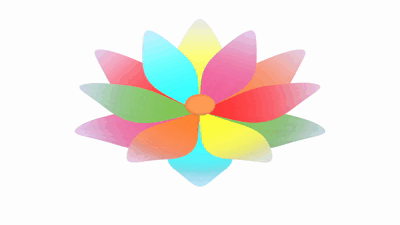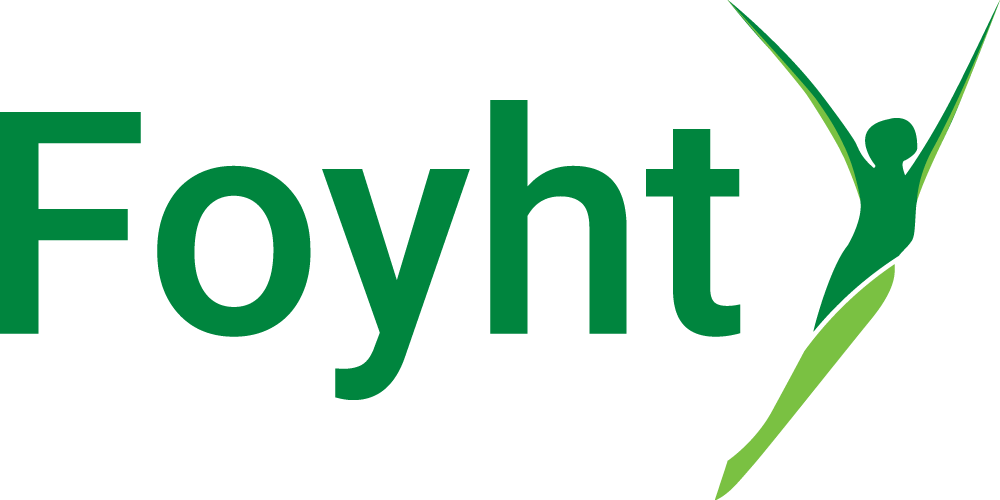Navigating Work, Yoga & Life in the Remote Age
Allow me to introduce myself: I’m Bree, a professional in a management role who adeptly navigates between working from home and traditional office settings. Additionally, I hold a 500 RYT Yoga Instructor certification, guiding individuals toward holistic well-being and inner harmony. However, achieving this balance required perseverance, trial and error, self-discipline, unwavering commitment, and at times, the invaluable support of a nurturing community.
With the elimination of my daily commute to the office, I’ve gained valuable time, which boosts my productivity. Yet, this newfound efficiency comes with its own set of challenges.

Like many, I work from my small apartment without a dedicated office space, using my dining room table as a makeshift desk. Despite its convenience, I’ve noticed significant impacts on my physical well-being. The strain on my lower back, shoulders, and neck from hunching over a small laptop screen contrasts starkly with the comfort of my ergonomic office setup with a height-adjustable desk and dual monitors.
Moreover, remote work blurs the boundaries between personal life and professional responsibilities – a shift resonating deeply with many individuals, including myself. Household tasks blend seamlessly with work duties. From multitasking chores to attending virtual meetings, this integration defines the new work landscape. Switching between personal and professional roles – from evening emails on the couch to focused meetings – becomes standard practice.
While home-based work offers flexibility, it also blurs the lines between work and personal time, challenging work-life balance. This blurring impacts families, as partners may absorb work-related stresses. For me, in a long-distance relationship, these conversations happen over the phone, adding complexity. The pace of life has reshaped routines, blending work and personal spheres.
Has our self-care kept pace with this new reality?
The intertwining of work and personal life affects entire families, demanding mindful self-care and boundaries.
Adjusting to this new norm requires maintaining mental health through breaks and boundaries. As we adapt, prioritising self-care ensures work-life harmony.

To meet these evolving demands, my approach prioritises physical health, gratitude, and self-improvement:
- MeTime: Yoga counters physical strain, fostering balance.
- MyMind: Limiting negativity, redirecting focus positively.
- WeTime: Prioritising meaningful moments with loved ones.
Reclaiming my commute time transforms personal yoga practice, fostering gratitude and mindfulness. Yoga’s tranquility counters work and family stress. This mindfulness empowers proactive responses. Embarking on this path offers transformative potential.
Post-COVID-19 burnout rates stress self-care’s urgency. If you feel energy-deprived, seek equilibrium with ‘me-time.’
Will you join this journey of self-discovery?
Act now and redefine life. Thrive, don’t drift.
If you want to know more…
Main – Photo by Peter Olexa





